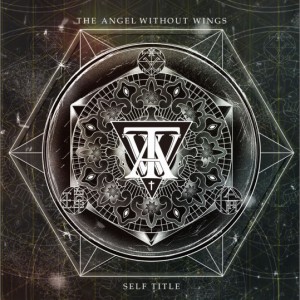Title: The Enigmatic Allure of Male Cross-Dressing
Male cross-dressing, or the practice of men wearing clothes traditionally associated with women, has been the subject of fascination and intrigue since ancient times. Despite being a minority trend in many societies, it continues to attract a dedicated following. The allure of male cross-dressing lies in the desire to explore and express oneself in ways that may be restricted by societal norms. It allows individuals to challenge gender roles and stereotypes, and to embrace their true selves. However, male cross-dressing is not without controversy. It has been criticized as promoting homosexuality and debauchery, and has been banned in some places due to concerns about public decency. Nevertheless, proponents argue that it is an important form of self-expression and a means of challenging traditional gender roles. Male cross-dressing remains a complex and enigmatic phenomenon, with both supporters and detractors. Its popularity shows that there is still a need for people to express themselves freely and to challenge social norms.
In the realm of fashion and identity, few subcultures have captured the imagination quite like male cross-dressing, or more commonly known as "male drag." A practice that dates back centuries, male drag has evolved into a vibrant and dynamic form of self-expression, with performers blurring the lines between gender, art, and community. This article explores the complex world of male cross-dressing, examining its history, significance, and cultural impact.
At first glance, male cross-dressing may appear to be a superficial deviation from traditional gender norms. However, upon closer inspection, it becomes clear that this practice is rooted in a rich and nuanced understanding of gender, sexuality, and identity. In many ways, male cross-dressing can be viewed as a rebellion against societal expectations, a rejection of rigid binaries and a celebration of fluidity.

The origins of male cross-dressing can be traced back to ancient Egypt and Greece, where male actors would don women's clothing for theatrical performances. Over time, this tradition spread throughout Europe, eventually evolving into what we now know as male drag. During the Victorian era, male cross-dressing was often associated with prostitution and criminal activity, leading to increased police attention and persecution. However, as attitudes towards gender and sexuality began to shift in the mid-20th century, so too did public perception of male cross-dressing. Today, it is often seen as a legitimate form of self-expression, with communities across the globe embracing the diversity and creativity that male drag embodies.
Male cross-dressing serves as a powerful symbol of resistance and subversion, offering a glimpse into the complex and multifaceted nature of gender identity. Through their costumes and performances, male drag queens challenge traditional notions of masculinity and femininity, inviting audiences to reconsider these categories and their limitations. In this sense, male cross-dressing can be seen as a catalyst for social change, empowering individuals to embrace their authentic selves and break free from oppressive societal norms.
Beyond its symbolic significance, male cross-dressing also plays an important role in the LGBTQ+ community. For many LGBTQ+ individuals, wearing makeup and costumes is a way to express their true selves and connect with others who share similar experiences. In many cases, male cross-dressing serves as a form of therapy or catharsis, helping individuals process their emotions and come to terms with their identities. Moreover, male cross-dressing has become an integral part of LGBTQ+ celebrations and festivals around the world, providing a platform for LGBTQ+ performers to showcase their talents and inspire others to embrace diversity and inclusivity.

However, despite its many benefits, male cross-dressing remains a subject of controversy and debate in some quarters. Many people are uncomfortable with the concept of men wearing women's clothing, viewing it as inappropriate or even offensive. These perceptions are often based on deeply ingrained cultural biases and stereotypes about gender roles and behavior. To combat these prejudices, advocates for male cross-dressing work tirelessly to educate the public about its history and significance, fostering greater understanding and acceptance.
In recent years, male cross-dressing has gained increasing visibility on mainstream platforms such as television shows, movies, and music videos. From RuPaul's Drag Race to Katy Perry's "Roar" video, these media examples help to break down barriers and challenge traditional notions of beauty standards and gender norms. By showcasing the talent and creativity of male drag performers, they contribute to a broader cultural conversation around identity and self-expression.
In conclusion, male cross-dressing is a fascinating and complex phenomenon that reflects the rich tapestry of human experience. At its core, this practice represents a powerful act of rebellion against societal expectations and constraints

Articles related to the knowledge points of this article:
Feather Dust Cleaning: A Guide to Cleaning Your Down Comforter
Womens Jackets and Coats: A Fashion Story of Down Jackets
Title: Mastering the Art of Tie Knots: Pairing a Pink Shirt with the Perfect Tie
Title: Mastering the Art of Tie Cleaning: A Comprehensive Guide
Title: Proper Techniques for Using a Tie Clip
Title: 20 Creative Tie-dye Techniques for Long Scarves: A Comprehensive Guide



